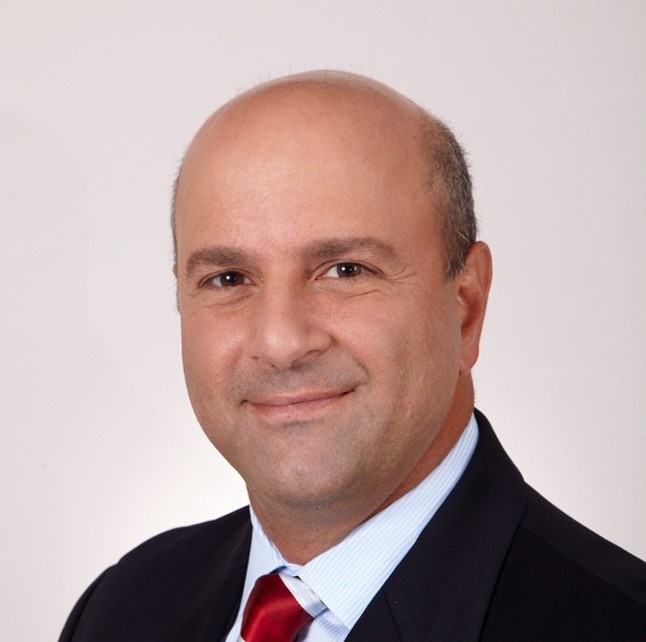Nader Samii, JD/MBA, CEO, National Medical Billing Services; Alison Kuley CPC, Member NASS Coding Committee 2019-2022 – Senior Spine Coder at National Medical Billing Services
How to Effectively and Profitably Move Spine into Your ASC
In Part I of this article series, we discussed the trends that are driving numerous spinal procedures to the ambulatory surgery center (ASC) setting, as the spine ASC market is projected to grow by 200% over the next few years. In this Part II of the series, we are going to discuss the operational steps required to properly and effectively incorporate spinal procedures into your ASC.
As mentioned in the Part I article, certain spinal procedures such as lumbar decompressions, lumbar discectomies, one level anterior cervical discectomies with interbody fusion, lumbar posterior inter-body fusions, cervical disk arthroplasties, interspinous process distraction devices with open decompression procedures, among others, have been rapidly migrating from the hospital setting to ASCs. This movement is being driven due to the ASC setting providing numerous advantages to patients, health care providers, and payers – creating a rare win-win-win situation.
Overview
Spine ASCs, or multi-specialty ASCs, looking to incorporate spine into their overall case mix must be highly methodical and diligent in their approach to setting up the spine program given the complexity and higher cost structure involved in this specialty. While the financial upside is undoubtedly significant, it requires proper business planning to fully capture the financial benefits. The key steps to take are as follows:to your ASC, as well as the financial implications of doing so.
1: Get payers on board. Convincing payers that the more complex spinal procedures belong in the ASC is critical. To accomplish this, you should provide payers with real-world examples of cost savings. For example, 50 inpatient lumbar posterior inter-body fusion surgeries costing $50,000 apiece performed in an inpatient setting costs a payer $2.5 million per year, compared to just $1.0 million per year for the same number at $20,000 per surgery performed in an ASC, representing a cost savings of 60%.
2: Establish favorable managed care contracts. While it’s important to convince payers of the value of outpatient spinal surgeries, it’s also important to make sure the managed care contracts allow for adequate reimbursement, implants and other surgery related costs. Understanding inpatient costs in the local market, as well as how much it costs to build and operate a spine program in your ASC, can help you get a handle on total costs. With this information, you can then negotiate contracts that produce a margin that positions your ASC to grow.
:3. Bring employers into the fray. Entering into direct-to-employer contracts with specific companies could help bring more spinal surgeries to your facility. Approach larger employers and offer them a discount for employees in need of spine surgeries in exchange for encouraging employees to choose your ASC. Given the significant cost of spine procedures, this will be very attractive to employers, and will provide employees with a high-quality destination for their surgeries.
4: Pay careful attention to implant billing. How implants are paid for varies from contract to contract. For instance, a contract could pay your ASC a certain amount for the spine procedure and would include the cost of the implant in that reimbursement. However, another might pay a certain amount for the procedure, but will separately reimburse the implant, as well as shipping, handling and tax.
It’s also important for ASC billing staff to be aware of the implant billing requirements of each managed care contract for example. Some payers will stipulate that they want to be billed electronically and then subsequently request the implant invoice, if needed. Others will provide a portal where the ASC will need to upload the implant invoice for each case or request a paper copy of the invoice for submission.
5: Negotiate the best deals for implants. Negotiating with implant vendors for the best prices will prove beneficial for your ASC. Sometimes, using the same vendor for all implants makes it possible to negotiate a lower price based on volume.
6: Market the program. To successfully bring patients into your ASC, you need to make sure your surgeons, and their financial counselors and schedulers, are aware of the benefits of outpatient spine surgery – and are ready to talk up these advantages with patients. In addition, you should develop marketing materials such as brochures and websites that clearly explain outpatient spinal surgery benefits. And finally, reach out to implant companies to see if they can partner with you in your marketing efforts as well.
7: Recruit the right patients. Selecting the right patients … Read the full article at Becker’s ASC Review
This post was first published June 19, 2020 and was updated July 1, 2022.

